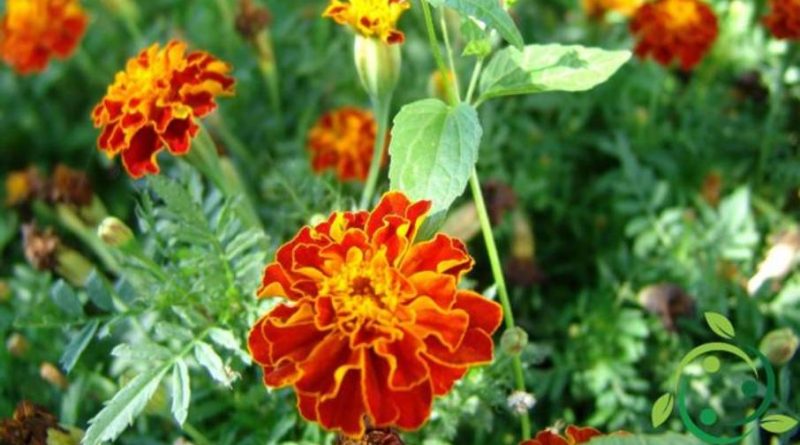The Tagete, a plant against nematodes
The Tagete, a plant against nematodes
The genus Tagetes L. belongs to the Asteraceae family; they are plants native to the south-western United States, Mexico and South America. The marigold, is also known as the Indian carnation and is characterized by very bright colors with shades ranging from yellow to red. Of the marigold there are low-cut or even tall-stemmed plants. For this reason it also lends itself to flower beds at multiple levels of flowering and coloring of flowers. However, it must be said that the marigold flowers emit an unpleasant odor (except for some selected varieties with a neutral odor) so it is advisable not to keep them near the house or wherever you live. If you want to switch to the cultivation of this plant you need to know that it is best to sow it in a seedbed in the March period and then transplant it in the open field, in the flowerbeds, next to rows of other plants. It is advisable to transplant it when it has reached at least 10 cm even if it is a plant that supports transplanting well in any growth stage.
Because of its rustic characteristics, the marigold is suitable for all types of terrain, whether they are stony, poor, loose, more consistent on condition that they find a good exposure to the sun and there are no stagnations. Marigold is a plant that does not require much water and therefore does not like persistent moisture. For this reason, as we will say later it can be easily cultivated next to herbaceous, shrub or arboreal plants that do not require particular water supply.
Most marigold plants are annual with a flowering that can go from March to November. Among the parasites of this plant are the only ones that can give some problems, but limited to the spring period are the aphids. If an agroecological use has been used, it does not need fertilization because it makes use of fertilizer inputs to the plants to which it is associated. If, on the other hand, you need to grow it for ornamental purposes, we advise you first of all the plant to provide the land where you will grow it with earthworm humus, or mature manure or compost.
Marigolds perform a function that is perhaps not yet known. In fact, their roots have the particular characteristic of emitting substances capable of killing nematodes. For this reason they are widely inserted in the vicinity of all those plants that are attacked by soil nematodes.
Another use of the marigold is that of reclamation plant; it is used to reclaim land that has been overly exploited in the past, especially as a result of the cultivation of solanaceous plants such as tomatoes, potatoes and aubergines.
If we add to this the fact that the marigold plays, for its abundant blooms, an excellent service to attract bees, wasps and other pollinating insects, we understand how useful an agroecological business production model is.

